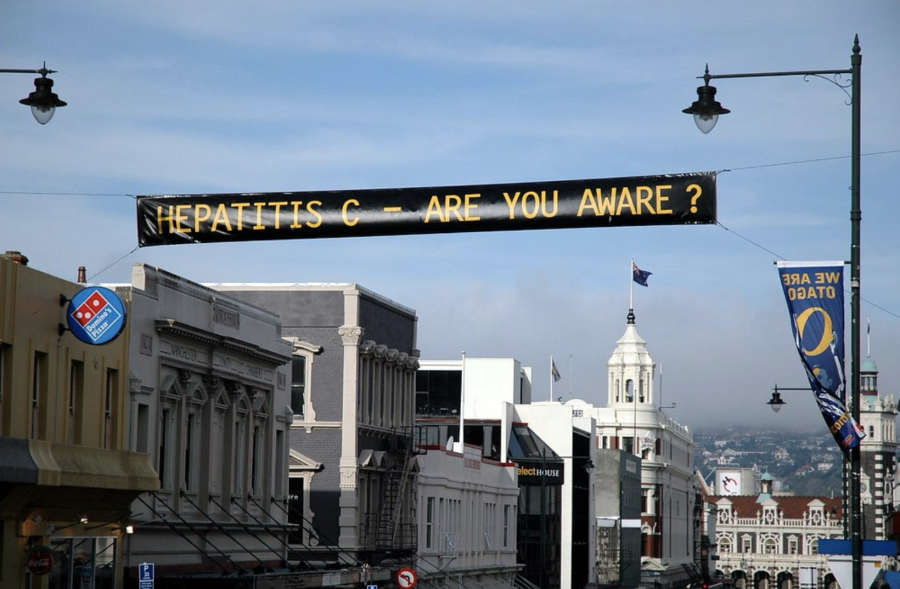It is estimated that roughly 2.4 million people are living with hepatitis C in the United States. This number could also be as high as 4.7 million, yet it is difficult to tell. Of those living with Hepatitis C, around 51% of them are not aware that they have contracted the virus.
Specifically, millennials make up the highest percentage based on age group of who has chronic hepatitis C infections, while those in their 40s and early 50s have the lowest rates of contracting serious hepatitis C infections, according to the U.S. Department of Health and Human Services website.
The Cleveland Clinic has announced that fighting hepatitis C is like fighting a silent epidemic. Not many people are aware of just how serious this condition is and how many people are being affected annually by the virus. With so many cases in the United States, it’s important to evaluate what new treatment options are available. It is also vital to understand what hepatitis C can actually do to the body.
Hepatitis signifies inflammation of the liver. Both hepatitis A and B have vaccines that will help people prevent the disease. Yet, there is still no vaccine for hepatitis C. Up until 2020, patients diagnosed with hepatitis C used a variety of different treatments to aid with the inflammation, but the newest U.S. Food and Drug Administration-approved treatment has some promising results.
The clinical study performed on this new hepatitis C treatment, Sofosbuvir, evaluated its treatment on all six different genotypes, according to the Cleveland Clinic. The treatment was such a success during clinical trials that it achieved over a 90% effective rate throughout all six of the genotypes.
RELATED: CDC and FDA issue joint pause on Johnson & Johnson coronavirus vaccine
The results from the third phase of the clinical trials showed results unlike any other hepatitis C treatment on the market. It was concluded that 95-99% of patients with hepatitis C who received Sofosbuvir had been cured, according to the Cleveland Clinic. Although this is incredible, it is a long process. The patients had to wait approximately 12 weeks for the virus to leave the bloodstream while coming in for regular checkups to monitor their condition.
The Cleveland Clinic said that the “approval of the combination therapy saw follow-on innovation in the subsequent approval of two other medications to treat all six genotypes of hepatitis C: glecaprevir/pibrentasvir and sofosbuvir/velpatasvir/voxilapresvir. The drug’s approval, prescription, and pace-setting ability have allowed an effective treatment option for a wider scope of patients with the disease.”
The future is brighter knowing that there is a continuous floor of innovation and new medications that come out each year that saves lives. With the creation of Sofosbuvir, millions of lives will improve.
Other important breakthroughs:
Closed-loop spinal cord stimulation: This new innovation is an alternative to opioids as it uses electrical stimulations to relieve chronic pain.
Dual-acting osteoporosis drug: Romosozumab is a newly approved FDA drug that significantly strengthens bones over time to prevent future fractures.
New medication for multiple sclerosis: The new drug that delivers antibodies to the patient, only MS treatment for certain patients who are suffering from multiple sclerosis.
Smartphone-connected pacemaker devices: A Bluetooth-enabled pacemaker can now be connected to mobile devices to alert patients and physicians of any concerns.
Immunologics for migraine prophylaxis: Calcitonin gene-related peptide is a molecule that floods a person’s system when a migraine is present. The FDA approved the first-ever drug that specifically blocks the production of CGRP.
Follow Briana Aguilar on Twitter









